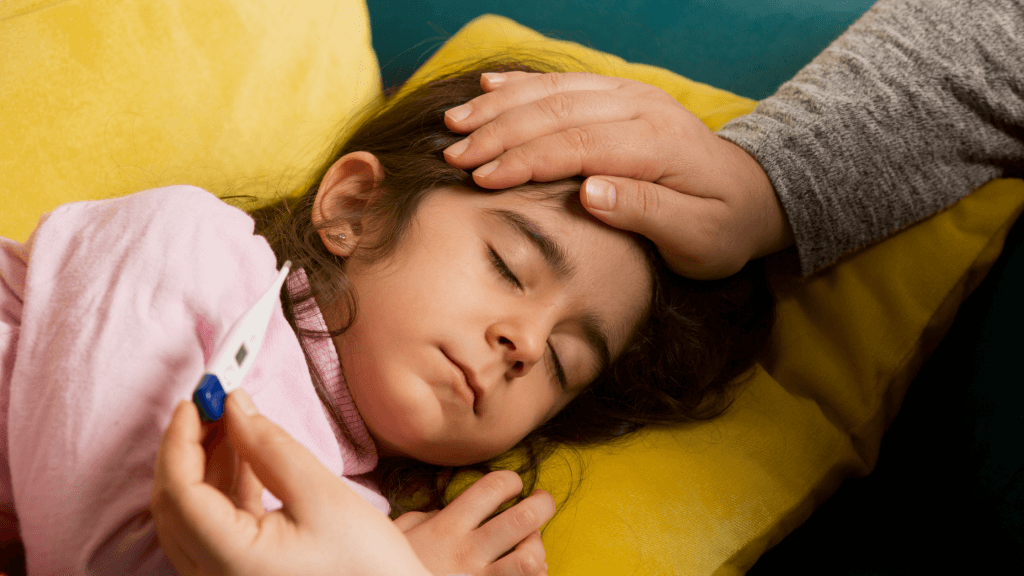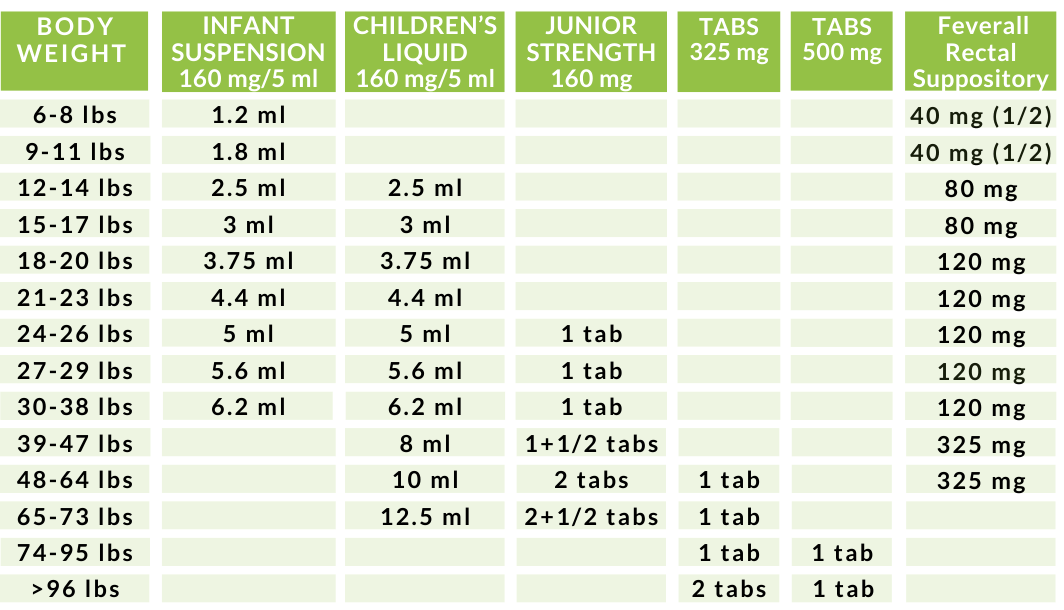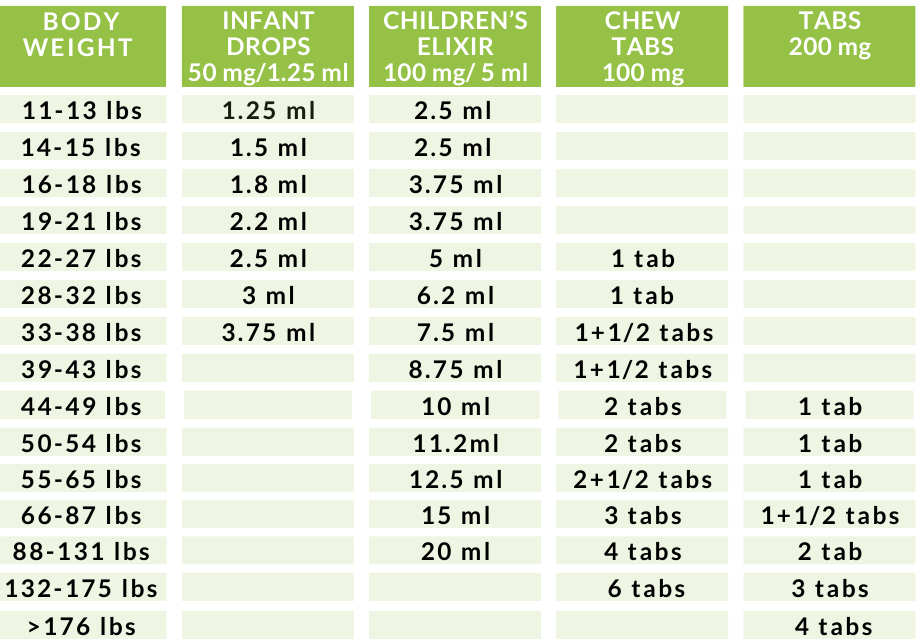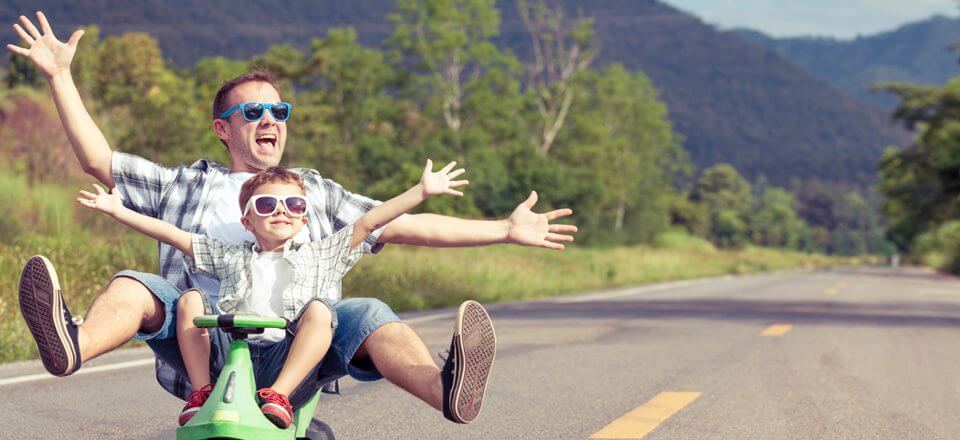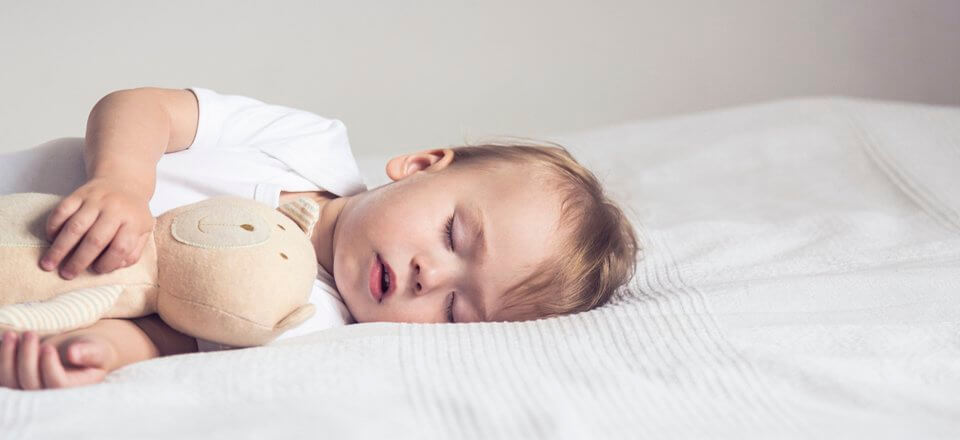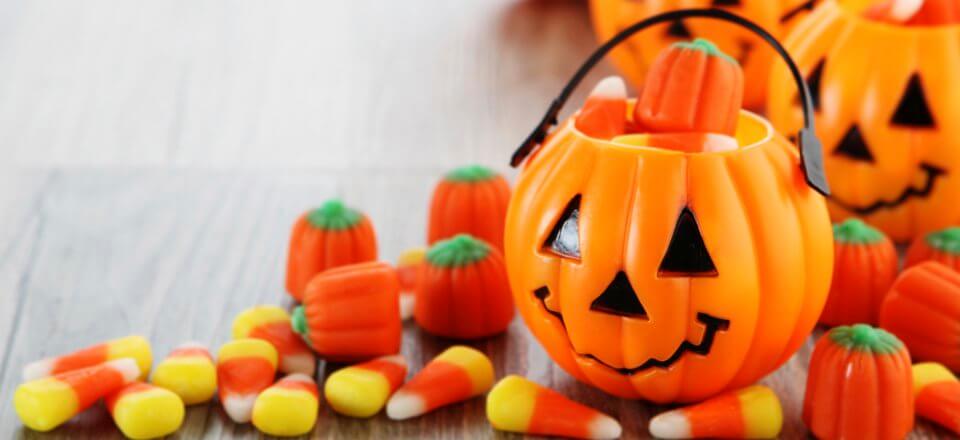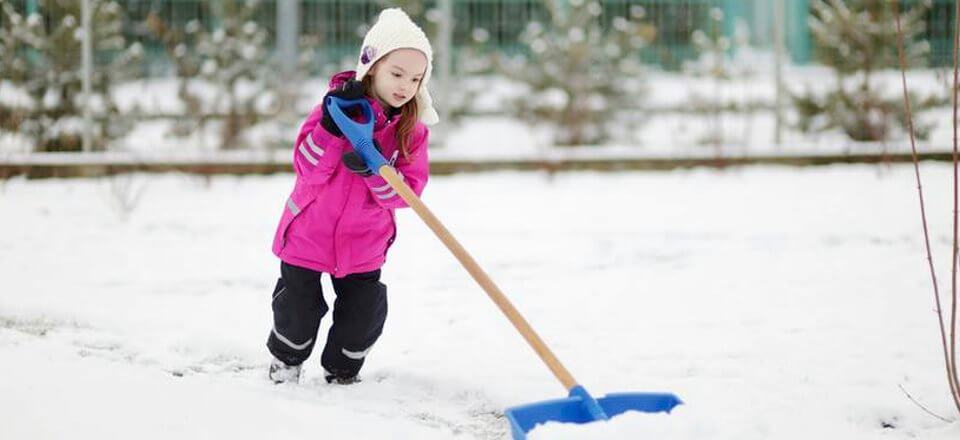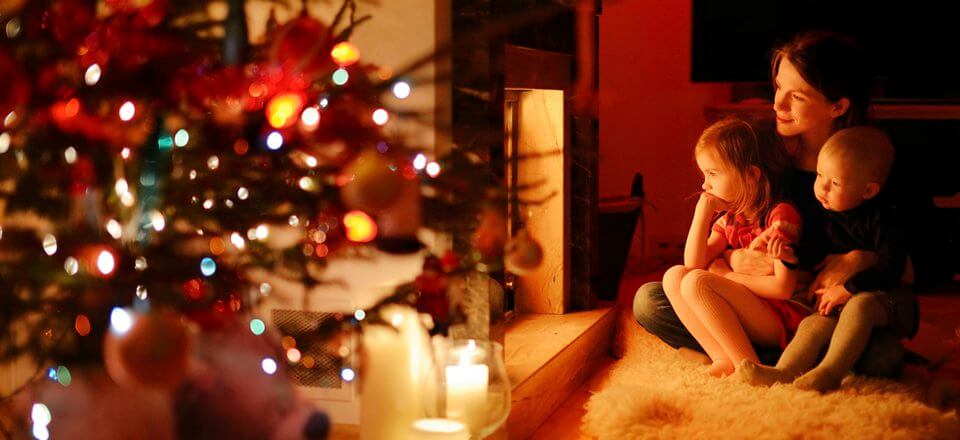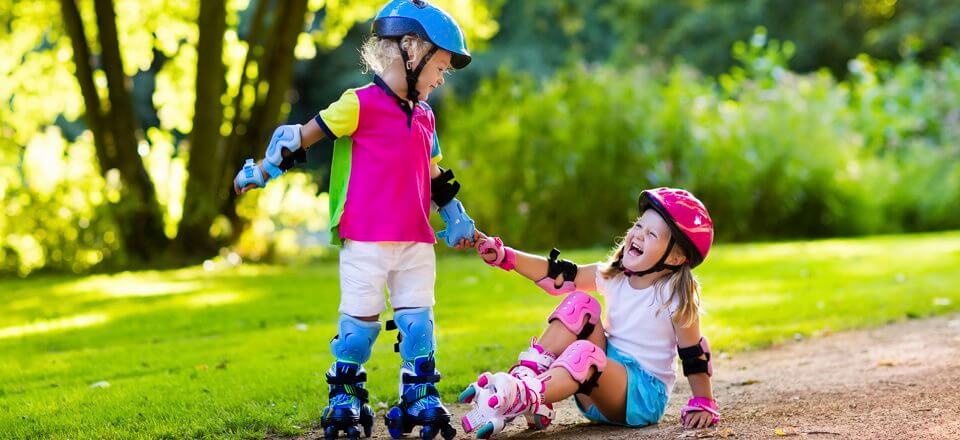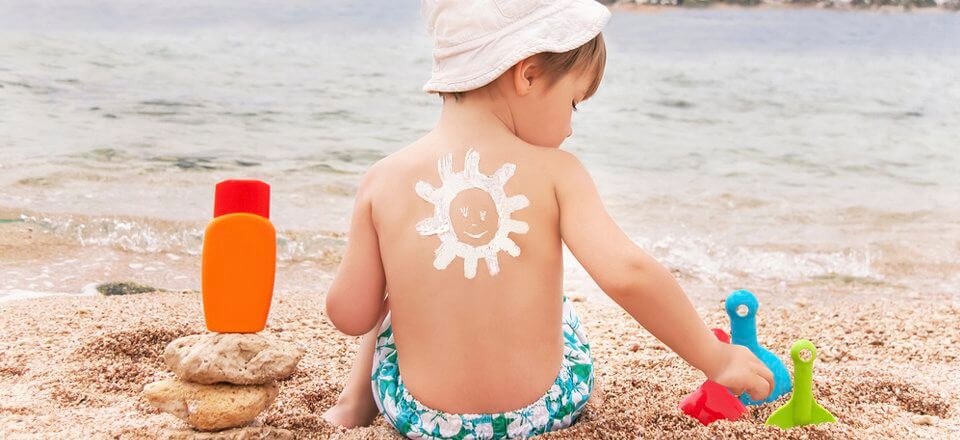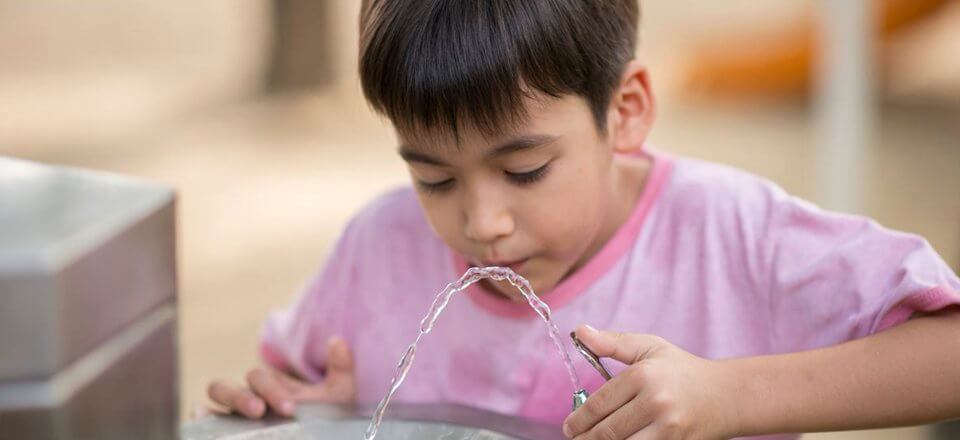By Amy Zintl
From American Baby magazine, October 2003
Unintentional injury remains the leading cause of death among children. In 2000, more than 120,000 were permanently disabled from injuries, and 5,600 died. Children younger than 5 account for nearly half o such fatalities.
“Parents often think that if we just watch our kids, they’ll be okay,” says Gary Smith, MD, director of the center for injury research and policy at the Children’s Hospital in Columbus, Ohio. “But accidents, by definition, occur quickly and without warning. All it takes is that one second when a hot cup of coffee is within reach or a door is left open.”
Since mistakes are often our best teachers, here are some hazardous habits you might be guilty of—and what you can do to correct things.
Leaving your child alone in the bathtub
Of course, most parents don’t leave their kids alone in the tub as a matter of course. Yet more than half of all infant drownings occur there. “It’s that one time when you’re waiting for a delivery or a phone call,” says Angela Mickalide, PhD, program director for the National Safe Kids Campaign. “You dash out, and in those few moments your child can get submerged and drown.” A child will lose consciousness within two minutes underwater and irreversible brain damage occurs after four minutes.
Bath seats or rings are often involved in bathtub drownings. Parents think the seats will hold a child while their attention is diverted, but bath seats are not safety devices. The suction cups on the bottom can come loose, causing a child to tip over, or a baby can slip through the leg openings. Each year, eight babies drown in such incidents.
WHAT TO DO: Never leave your child alone in or near any kind of water. Don’t answer the door or the phone or attend to other children without taking your baby with you or draining the tub. Make it clear to older siblings who may be eager to help that they can’t give the baby a bath or play “beach” unless you’re present. Get safety latches for all your toilets and empty any containers that collect water
Serving Unsafe Foods
Food accounts for the majority of child choking injuries, and the most common culprits are small, round, hard or gummy foods that easily block the airway. These include nuts, grapes, gummy and hard candies, carrots, popcorn, sunflower and pumpkin seeds, hot dogs, taffy, marshmallows and caramels. Children younger than 3 are most at risk for choking on food because their airway is so small and they tend to put everything in their mouths. “Even spoonfuls of peanut butter can be a hazard, because globs of it easily get stuck in a child’s tiny esophagus,” says Mickalide. (Peanut butter and peanuts are also a danger for kids younger than 3 because they’re highly allergenic.)
WHAT TO DO: Cut all foods into small pieces and make sure children are sitting down while eating. Encourage small bites and chewing slowly and completely. Nix all small, round, smooth or sticky foods.
Forgetting About the Pool Next Door
I admit it. My attention wandered every time I heard or read about pool dangers. After all, we don’t own a pool. Then one day I found my 2-year-old on our neighbors’ deck, ready to jump into their pool. We had been playing in the yard, and I stopped to say hello to another friend from the neighborhood. My daughter simply climbed over a low stone wall into our neighbors’ yard and up their steps and unlatched their gate. I was lucky to have noticed in time to stop something horrible from happening. But this scenario isn’t uncommon. The majority of children who drown in pools were last seen in the home, had been out of sight for less than five minutes, and were in the care of one or both parents at the time.
WHAT TO DO: Four-wall fencing of your yard is certainly something to consider, but in the meantime, take other precautions. Think of every pool in the neighborhood—above-ground, in-ground, even wading pools—as a potential danger. Get alarms for your doors that sound when they’re opened to alert you if your child manages to slip out of the house. (Some security systems come with this feature.) Ask your neighbors to lock their pool gate and offer to purchase a pool alarm, which sounds when something falls into the water. Door and pool alarms are available where pools are sold
Using a baby walker
Do you really want your child to have the ability to slide here and there at will, banging into furniture and pulling down plants and electronics? In 2001, 6,400 babies were injured badly enough to go to the hospital as a result of using a walker, and each year two children die. Of those who sustained injuries, three quarters fell down stairs. Eighty percent were supervised at the time of the incident, and more than half had caregivers in the same room. “Kids can scoot four fee per second in a walker,” says Dr. Smith. “Even a triathlete parent can’t sprint across a room to prevent a fall that one time a safety gate is left open.”
WHAT TO DO: Trade your walker for a stationary entertainment center. Babies like them just as much, and you’ll gain a few hands-free moments. It’s especially important to get rid of your baby walker if it was made before July 1997. Walkers made since then must meet additional safety standards, including having a diameter of at least 36 inches (too wide to fit through most, but not all doorways).
Neglecting to use a meat thermometer
Cooking food properly is key to protecting your family from food-borne illnesses like E.coli and salmonella. And while a case of E.coli can certainly make an adult ill, it can overwhelm a child’s body and potentially result in kidney failure. Unfortunately, not even half the population owns a meat thermometer. The next time you think you can eyeball when those hamburgers are done, consider this: 1 in 4 turns brown before reaching a safe temperature.
WHAT TO DO: Use a large oven-safe thermometer for roasts and a digital “instant read” thermometer for other meats, such as hamburgers and chicken breasts. Cook until the internal temperature reaches at least 160° for beef and pork, 145° for lamb and veal, and 180° for poultry.
Forgetting to change the batteries in your smoke detector
While most homes in the U.S. (94 percent) report having at least one smoke alarm, only 75 percent have a working one. Often the batteries are dead or were removed because the alarm sounded while someone was cooking or taking a hot shower. Each year nearly 40,000 children are injured in home fires, with children younger than 5 twice as likely to die, mainly from smoke inhalation.
WHAT TO DO: Test all your smoke alarms each month, and replace the batteries at least once a year. To help you remember, do it when you change your clocks at the beginning and end of daylight saving time. Safe Kids recommends installing one alarm on every level of your home and in every sleeping area. (Look for alarms that also work as carbon monoxide detectors.) Move detectors away from kitchens and bathrooms to prevent false alarms.
Getting latex balloons
Parents really get a mixed message when it comes to balloons, says Dr. Smith. “You can walk into any store and find a bag of latex balloons imprinted with ‘Baby’s First Birthday.’ But this is exactly the age when your child is most at risk for choking on them.” When balloons pop, toddlers manage to find pieces to put into their mouth. The latex easily gets lodged in their throats, which is why balloons account for 44 percent of all child toy-related choking deaths.
WHAT TO DO: Celebrate your baby’s birthday with Mylar balloons instead. Filled with helium, they stay aloft longer. And they don’t pop, breaking into many pieces; they just deflate. Beware of any latex balloons your baby might come across at other parties, such as balloon animals made by the party clown.
Using soft bedding
For children younger than 1, suffocation is the number one cause of unintentional injury-related death. Sixty percent of these cases occur in baby’s sleeping environment: infants can wedge their faces into soft, fluffy pillows, quilts, comforters and stuffed animals that easily cover their nose and mouth.
WHAT TO DO: “Have your child sleep in the barest environment possible,” advises Mickalide. Use just one light blanket over him, and tuck the bottom of it under the end of the mattress to create a pocket. The blanket should only reach to the middle of his chest. This ways it can’t be pulled over his head. On chill nights, dress baby in a warm sleeper rather than piling on more bedding. And use that adorable crib comforter as a decorative wall hanging.
Drinking coffee while holding the baby
You’re desperate for a cup of joe but reluctant to put down the baby in case she wakes up. However, you could be setting yourself up for an accident. Scalds from hot liquids are the most common type of burns for young children, whose thinner skin burns more easily than an adult’s. “Even coffee that’s not too hot to drink can really scald a child,” says Mickalide.
WHAT TO DO: Put down the baby while you drink your coffee. Be just as careful on the go, even with a lid on the cup. “If you were carrying baby and take-out coffee and you were to trip, your natural tendency would be to squeeze that paper cup,” says Mickalide. At home, move your coffeemaker far back on the counter, wind up the cord, and keep your mug out of reach.
Setting the water too high
Hot tap water accounts for about a quarter of all scald burns but causes more deaths and hospitalizations than other hot liquids, because these injuries tend to be more severe and cover a larger portion of the body. Manipulating the faucet to get water the right temperature for hand washing, or to fill Barbie’s pool, is a skill young children simply don’t have yet. And there’s no need for tap water to be so hot anyway. Most people take a bath at 96-98°.
WHAT TO DO: Set your water heater so that the temperature is no hotter than 120°. If your water heater doesn’t have numbers, set it somewhere between the medium and low settings. Also ask a plumber to check it. If you’re unable to control the setting, install anti-scald faucets, which turn off the flow when the water gets too hot.
Forgetting to childproof Grandma’s purse
Nana’s handbag can be a real hazard, possibly containing medications, cosmetics, cigarettes, a sewing kit, loose change, gum and hard candies. In almost 1 in 4 cases of children ages 4 and younger ingesting prescription drugs, the medicine belonged to someone who didn’t live with the child—usually a grandparent. Many seniors opt for non-childproof, easy-open caps on their prescriptions, or they carry a week’s worth of doses in flip-top plastic boxes marked with the days. Even an adult vitamin can be toxic to a child.
WHAT TO DO: Don’t be shy. When grandparents come over or you visit them, ask to place their purse or bag on top of the refrigerator or lock it in a cabinet right away. My mom keeps hers locked in the car. Remind them how dangerous even vitamins can be.
Allowing kids to ride in the front seat
The backseat is the safest place for children because it’s farthest away from the impact of a front-end collision—the most common kind of car accident. In addition, the passenger-side air bag, while life-saving for most adults, can deploy with such force that it’s deadly to young kids. Just since last October 127 children have been killed by air bags, including 22 babies in rear-facing car seats that were placed in the front seat.
WHAT TO DO: Kids should continue riding in the backseat until at least age 12. Remind grandparents about the backseat rule.
Turning the car seat around too soon
You may be eager to see your baby’s face in the rear-view mirror, but your child must be in a rear-facing seat until he is at least 20 pounds and 1 year old, at the minimum. Some kids reach 20 pounds before 1 year of age, but that doesn’t matter. “Under age 1, a child’s head is disproportionately large compared to her body,” says Mickalide. “If she’s facing forward in a crash, her head will fall forward dramatically and do serious damage to the spinal cord and neck. If a child rides backward, the force of the crash is distributed over a larger surface of the body—the shoulders, back and buttocks.”
WHAT TO DO: Yes, it can be disconcerting to face your baby backward so you’re unable to see or soothe her, but it’s for her own good. Don’t be tempted to purchase mirrors sold in baby stores that attach to the seat or the rear window, giving a peek at baby’s reflection; they can be dangerous in a crash, as baby can smash into or be hit by them. If your child outgrows the infant seat before her first birthday, switch to a convertible seat, but also install it to face the rear of the car.
Storing your firearm loaded
The unintentional firearm injury death rate among American children is nine times higher than in 25 other industrialized countries. About one third of families with children have a gun in the home, and an estimated 2.3 million American children live in homes with firearms that are always or sometimes kept unlocked and loaded.
WHAT TO DO: Get a trigger lock for your firearm and keep it in a locked cabinet. Lock up the ammunition in a separate place. If you must carry your weapon to and from work, load and unload it at work, not at home. All kids are curious about guns, no matter how used to seeing them they may be—and they are very good at finding them and imitating your actions. A 3-year-old is strong enough to pull a handgun trigger.
